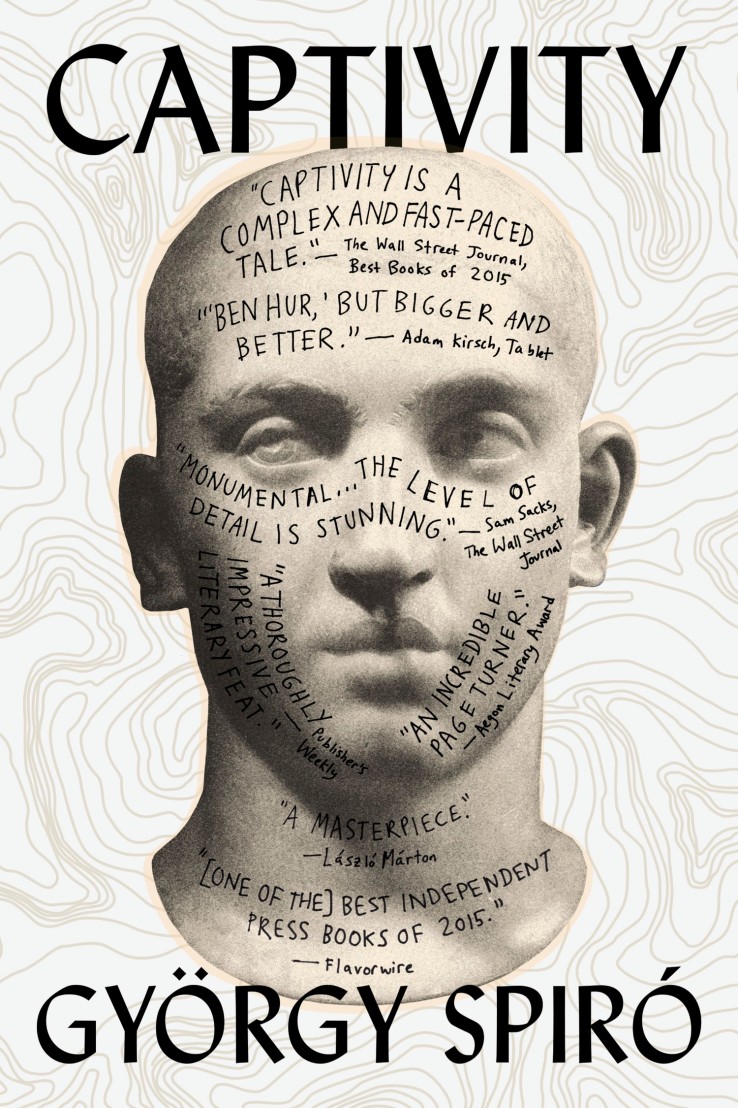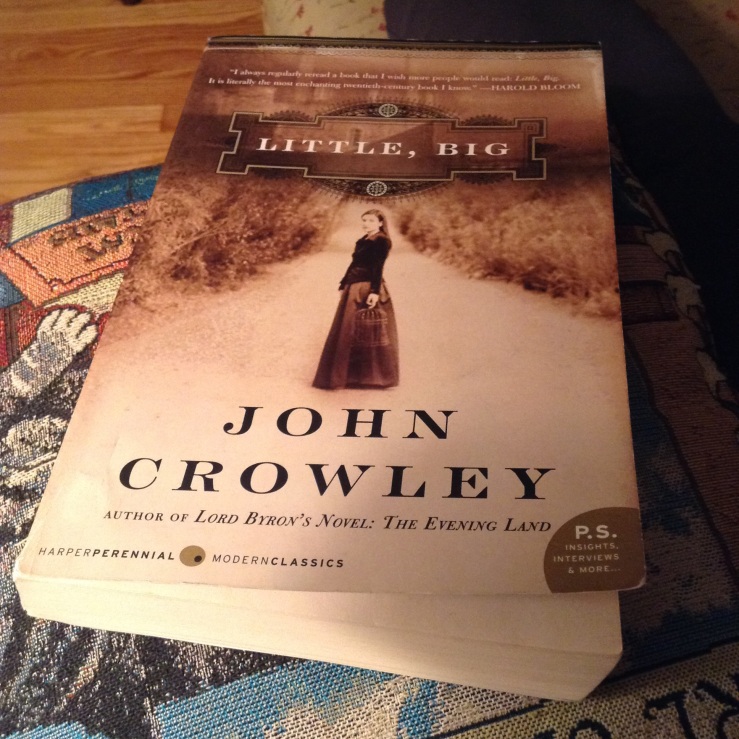
On clearer days, I could see far beyond the trees on the opposite bank of the river, a pale outline of hills visible against the clouds. It was not an unpleasant view, and on occasions it brought me a rare sense of relief from the emptiness of those long afternoons I spent in that apartment.
It seems a perfect day to be reading such a book, A Pale View of Hills, with the pale view outside of my own front window. The atmosphere within my living room contributes to the atmosphere Kazuo Ishiguro has created, one of mystery and sorrow. One of nostalgia and regret.
The English are fond of their idea that our race (Japanese) has an instinct for suicide, as if further explanations are unnecessary; for that was all they reported, that she was Japanese and that she had hung herself in her room.
Etsuko has lost her eldest daughter to suicide, and at first that is what I thought the novel was going to be about. But, it is really Etsuko’s reminiscences about the past, about her friend who lived in a small cottage in Nagasaki with her daughter, Mariko.
Sachiko is a mysterious woman. She laughingly avoids direct questions, she seems unperturbed by the way that her daughter disappears, or that her daughter is able to visit with a woman whom no one else can see. She lets Mariko stay out after dark for long hours, far longer than I could ever have allowed, and in the end, breaks her promise to Mariko about keeping her little kittens. In Sachiko’s mind, the small, dirty animals could never come to their new home, following an American man who will become the new husband, the new father.
It doesn’t matter how old someone is, it’s what they’ve experienced that counts.
She asserts that her daughter, Mariko, will be fine in America.
It’s a better place for a child to grow up. And she’ll have far more opportunities there; life’s much better for a woman in America.
But perhaps this is what she tells herself, in trying to believe that she is doing the right thing in leaving Japan. Parts of the novel refer to the old way of life in Japan, when the elders taught respect, when women followed their husband’s wishes. Ishiguro points to the loudness of Americans in their big cars, a point I feel acutely myself, and even the English way of life is brought in for contrast.
In Japanese cities, much more so than in England, the restaurant owners, the teahouse proprietors, the shopkeepers all seem to will the darkness to fall; long before the daylight has faded, lanterns appear in the windows, lighted signs above doorways.

Ultimately we close the book, turning the last page, without much knowledge of Etsuko’s daughter or her death. In fact, one can’t help wondering if this daugher, Keiko, and Mariko are so similar they could be the same girl. Surely when Etsuko was talking to Mariko she promised her, that if things were terrible, they could return. Is Etsuko confusing the events of her life? Or, is her memory rearranges things to make them more palatable?
This is a lovely novel, a brief and atmospheric story of a mother’s love for her child; a mother’s hopes for the future while turning over the past in her mind. Have you read it? Do you have another interpretation? Please tell me in a comment below, and let me know if you have a review to which I can link.
I read it for the Japanese Literature Challenge 11, but also to think of Kazuo Ishiguro as he received the Nobel Prize for Literature last week.
Find another review from BookManiac here.



















